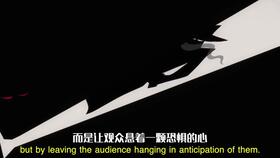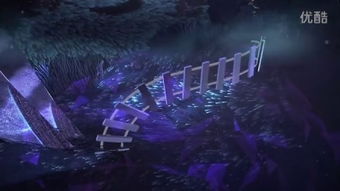Content:
Fishing in a reed pond can be an incredibly rewarding experience, offering a serene and picturesque environment. However, due to the unique characteristics of reed ponds, such as dense vegetation and fluctuating water levels, it can also be challenging. One of the key elements to successful fishing in a reed pond is mastering the art of tuning your bait or lure, commonly referred to as "tuning the float." In this article, we will delve into the intricacies of how to adjust your tackle and fishing techniques to maximize your chances of catching fish in a reed pond.
Understanding the Reed Pond Environment
Reed ponds are characterized by their lush reed beds, which can obstruct visibility and create a complex underwater terrain. Fish in these ponds often seek shelter among the reeds, making it crucial to approach the fishing process with a strategic mindset. Before we dive into the tuning techniques, it's essential to understand the environment you're dealing with.
Water Flow: Reed ponds can have varying water flow, from still to moderately flowing. Understanding the flow rate will help you determine the type of bait or lure that will work best.
Vegetation: The density and type of vegetation can significantly impact your fishing experience. Some areas may have more open water, while others are almost entirely covered by reeds.
Depth: Reed ponds can vary in depth, and fish will often inhabit different layers of the water column depending on the season and weather conditions.
Tuning Your Bait or Lure

The key to successful fishing in a reed pond lies in the way you present your bait or lure. Here are some tips on how to tune your tackle:
Select the Right Bait or Lure: For reed ponds, soft plastics, spinners, and lightweight jigs are often effective. Choose a color and size that mimics the natural prey of the fish in the pond.
Adjust the Float: The float is your primary tool for detecting bites. It should be lightweight and easy to manipulate. Here's how to adjust it:
Height: Position the float so that it sits just above the water's surface or at a depth where you anticipate the fish to be. In reed ponds, it's often best to keep the float just above the reeds to avoid detection.
Sensitivity: Ensure that the float is sensitive enough to detect even the slightest movement. This might require a lighter or more sensitive float depending on the water conditions and the type of fish you're targeting.
Tie the Leader: The leader is the line that connects your main line to your bait or lure. It should be long enough to allow your bait to move naturally without being too long, which could lead to tangles. The leader material should be strong and flexible to withstand the rigors of fishing in reed beds.
Balancing the Bait: Ensure that your bait is balanced correctly. If it's too heavy, it may sink too quickly and miss potential targets. If it's too light, it may not attract fish. Experiment with different weights and presentations to find what works best.
Fishing Techniques
Once your tackle is properly tuned, it's time to apply some fishing techniques specific to reed ponds:
Patience and Precision: Reed ponds can be unforgiving for those who are not patient. Take your time to find the right spots and present your bait or lure with precision.
Mimic Natural Prey: Move your bait or lure in a way that mimics the movement of natural prey. This could be a slow, steady retrieve or a more erratic, twitching motion.
Stay Quiet: The sound of your reel and line can spook fish in reed ponds. Try to keep noise to a minimum and be mindful of your movements.
Use Cover: Fish often hold near the edges of reed beds or in the open water adjacent to them. Cast to these areas to increase your chances of catching fish.
Adapt to Conditions: Be prepared to adapt your techniques as conditions change. This could mean changing the depth of your float, the speed of your retrieve, or even the type of bait you're using.
In conclusion, fishing in a reed pond requires a combination of skill, patience, and understanding of the environment. By mastering the art of tuning your float and applying the right fishing techniques, you can significantly improve your chances of success. Remember, each reed pond is unique, so be prepared to experiment and adapt as you gain more experience. Happy fishing!












